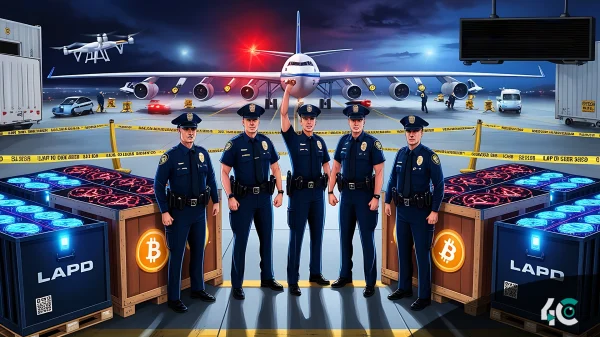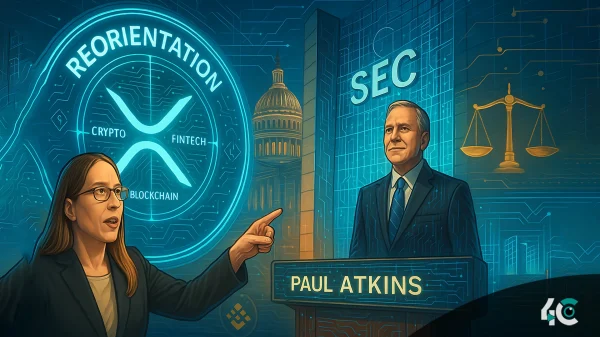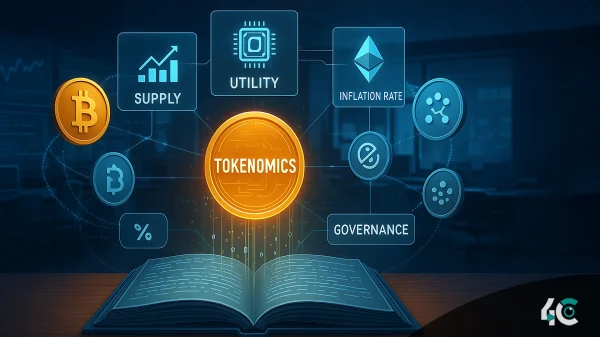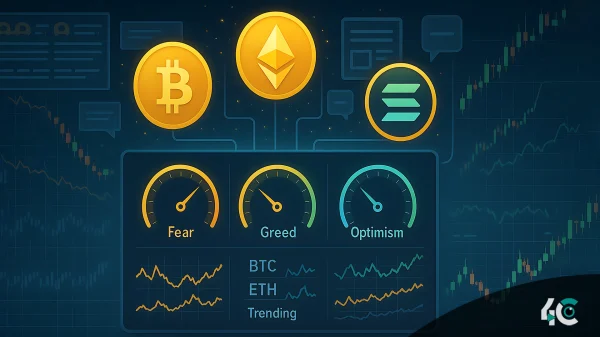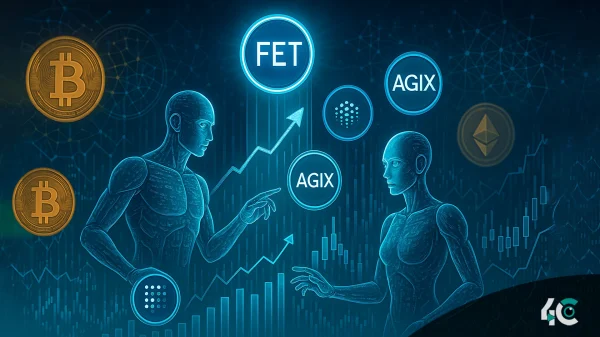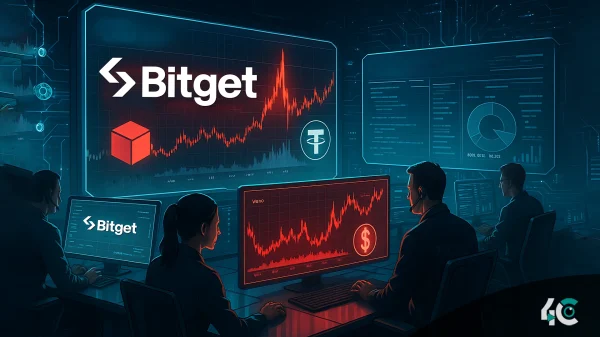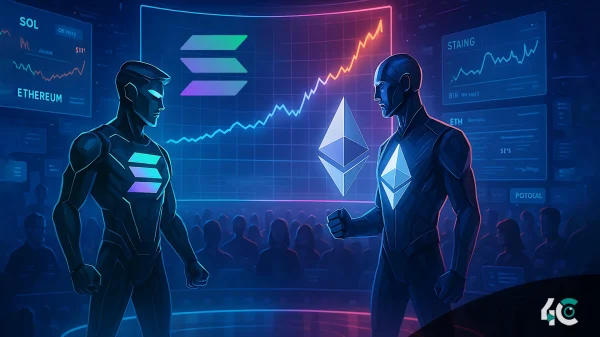Layer 2 scaling solution for Ethereum StarkWare announced plans to open source its proprietary Starknet Prover under the Apache 2.0 licence, which has handled 327 million transactions and generated 95 million nonfungible tokens (NFTs) to date.
In order to address Ethereum’s scalability problems, which result in poor throughput and excessive gas or transaction costs, StarkWare, located in Israel, has developed a solution. Both the StarkEx scaling engine and StarkNet, which makes the technologies available to developers building decentralised applications, are part of the company’s infrastructure (dapps). Projects powered by StarkWare’s STARK Prover technology will soon be made available as open source.
The prover is a vital engine used by Starkware to condense hundreds of thousands of transactions into a little cryptographic proof stored on the Ethereum blockchain.
We think of the Prover as the magic wand of Stark technology. It wondrously generates the proofs that allow unimaginable scaling.
Eli Ben-Sasson, Co-founder and President StarkWare
The STARK Prover will be rebranded as the Starknet Prover and released under the Apache 2.0 licence, allowing Web3 programmers to freely copy, modify, and distribute the software without incurring any fees.
Every step we take to provide infrastructure, and to make it accessible and decentralized, is a catalyst for devs to build, and the quicker and more broadly they build, the faster we’ll see mass onboarding to solutions that truly enable people to manage their own funds. So there’s a direct line between open-sourcing key tech and popularizing self-custody.
Eli Ben-Sasson, Co-founder and President StarkWare
The team’s decision to release StarkNet Prover’s source code was motivated by their aim to make the tool more easily accessible to developers and to foster community-wide cooperation. If the layer-2 platform was open-sourced, the blockchain development community might contribute to its upkeep and growth. For the sake of creating StarkNet as a decentralised public benefit, this is the “most real approach.”



